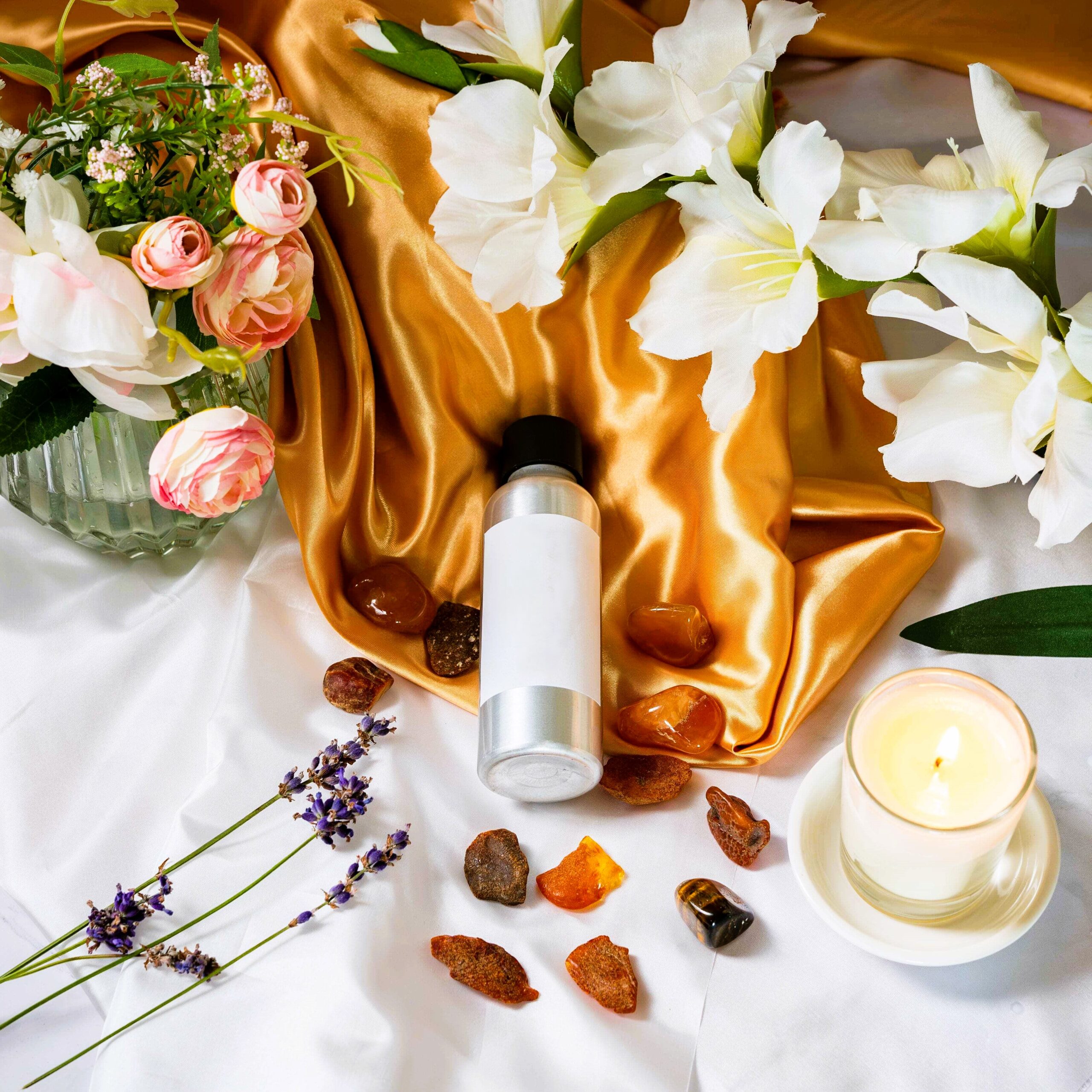



Luxury candle buyers today aren’t just looking for wax and wick. They’re looking for identity. That “signature throw” that makes a brand stand apart. Custom fragrance oils are at the core of that identity. If you run a candle line, hotel boutique, or spa brand, your scent is basically your logo in the air. Let’s break down how wholesale options really work, why custom blends pay off, and how suppliers like I’Scent can actually cut your lead time while keeping compliance boxes ticked.
Luxury candles compete in a crowded shelf. Packaging matters, sure. But scent memory drives repeat buys more than box design. Market research shows the luxury candle segment is projected to hit $1.18B by 2030, growing at 12.1% CAGR. That means more brands flooding the space. A custom fragrance oil makes you stand out—your candle becomes a mood, not just a product.
Hotels already know this. You walk into a lobby, you smell a note that stays with you. Same logic in candles. A signature scent = brand DNA.
Not all oils load the same way. Here’s a quick cheatsheet candle makers live by:
| Wax Type | Starting Load | Max Load (by weight) | Cure Time | Notes |
|---|---|---|---|---|
| Soy (464) | 6% | 10% | 1–2 weeks | Clean burn, softer throw |
| Paraffin Blend (IGI 6006) | 6–8% | 10% | Few days | Strong hot throw |
| Coco Apricot | 8% | 12% | 1–2 weeks | Smooth surface, premium vibe |
Industry slang: most chandlers talk about “load testing” or “push the wax till it cries.” Meaning, don’t just max fragrance percentage. Test what holds stable without sweating or frosting.

If you’re scaling candles into retail, compliance saves you from recalls:
Suppliers like I’Scent provide IFRA, ISO, GMP, and Halal certifications. That cuts your paperwork chase. You get batch traceability through ERP—big deal when a retailer asks for proof-of-origin.
So how do you actually get custom fragrance oils into your luxury candle line? You’ve got three main roads.
You pick from existing formulas, order in bulk. Great if you just want to launch a seasonal line quick.
Some suppliers sell finished candles you slap your brand on. MOQs can be 50–300 units, lead time 3–10 weeks. Fast entry, but less control over oil formula.
This is the “signature scent” game. You brief your supplier, they build from scratch.
Don’t assume first sample will nail it. Smart brands run test cycles:
That’s how you avoid the classic buyer pain point: “smelled strong in bottle, but disappeared when burning.”

Here’s a simplified comparison of wholesale options:
| Path | MOQ | Lead Time | Control | Ideal For |
|---|---|---|---|---|
| Stock Oils | 5 kg | 3–7 days | Low | Seasonal launches |
| Private Label Candles | 50–300 pcs | 3–10 weeks | Medium | Fast brand entry |
| Custom Oils | 25 kg | 4–12 weeks | High | Signature scent building |
1. Inconsistent Batches
Cheap oils often vary batch to batch. I’Scent solves with ERP traceability—every lot identical.
2. Long Lead Times
Waiting months for oil is a killer. With 20+ perfumers and in-house labs, I’Scent cuts dev cycles to weeks, not quarters.
3. Compliance Nightmares
Different regions, different rules. Instead of juggling SDS, IFRA, CLP, Prop 65 by yourself, get a supplier already certified.
4. Low MOQs
Startups can’t handle one-ton orders. That’s why a 5 kg entry MOQ on standard oils, and 25 kg for customs, is realistic.

One fragrance concept doesn’t need to stop at candles. The same oil can be applied across:
That synergy is where custom fragrance investment really pays. You design once, deploy everywhere.
Luxury candle buyers are scent-driven. If your fragrance doesn’t stick, neither will your brand. Wholesale options range from quick-pick stock oils to full custom formulas. The trick is matching your growth stage to the right path.
With I’Scent, you get access to 40,000+ formulas, a team of 20+ perfumers, and a 98% match accuracy in duplication. Samples in days, production in a week, compliance files on hand. That’s how you move fast without cutting corners.
Custom fragrance oils aren’t just ingredients. They’re brand tools. For luxury candles, they decide whether your product burns out—or burns into memory.